Pick and Drop is a mobile application that aims to provide an easy and efficient way of picking up and dropping off friends while driving to/from a common event. Using the application, users can mention details about a shared-ride such as how many pick-ups are scheduled, the locations of the scheduled pick-ups, the names of the people involved in the ride and the final destination. The application then provides an optimized route that starts from the home location, goes through all the pick-up points and ends at the final destination. What’s more is, all the people scheduled to be picked up get real time updates on the location of the car so that they are not left wondering. Moreover, every rider can further suggest changes to the route being followed while picking them up, and the same information reaches the driver in real-time. A similar routine is followed while dropping off people at their desired locations.
In an urban setting like the city of Atlanta, people almost always need cars to commute from one place to another. Those who either do not have private cars or do not want to use their cars (for e.g. while going out clubbing), often tend to use services like uber or lyft, or share a car with friends.
Uber or Lyft
These services connect car drivers to people in need for a ride. However quite often it is seen that a “Uber” or a “Lyft” car is used in a fashion akin to carpooling- one person calls the car, then picks up a few friends from different places before going to the final destination. A similar behaviour is also noticed on the return journey- one person from a group books a car, the entire group of people takes the ride and then each is dropped off at different locations in the city before reaching the final drop-off point. The recently added “Split fare” feature in the Uber app and the numerous discussions in online forums like “reddit” about how to enter multiple destinations on the Uber App, gives proof of aforementioned behavioral trend.
Sharing a Ride with Friends
People like to attend events with friends. In such a situation it is often observed that one person with a car agrees to pick up several others (3-5 people depending on the size of the car) while driving to the event location. This not only makes the ride much more fun but also turns out profitable in terms of fuel expenditure. This also means lesser number of cars on the road and much lesser parking issues.
Users of the Pick and Drop app will typically have the following characteristics
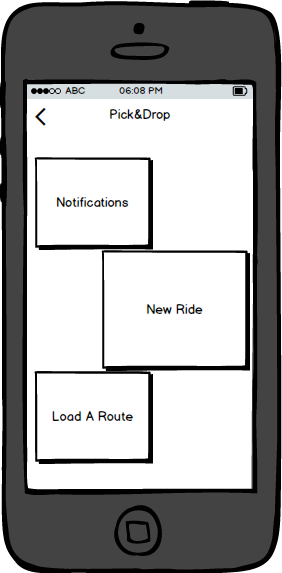
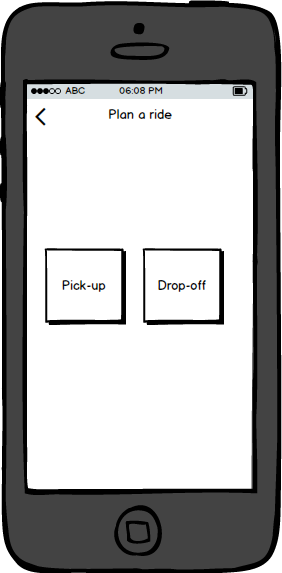
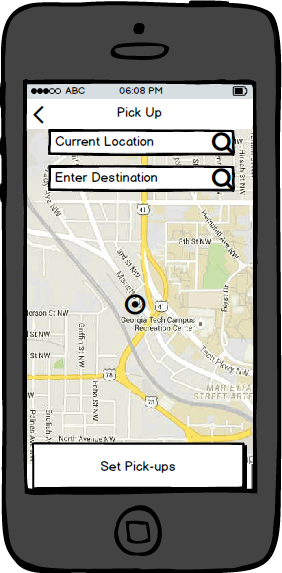

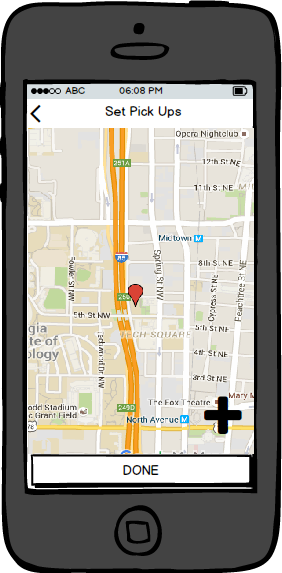
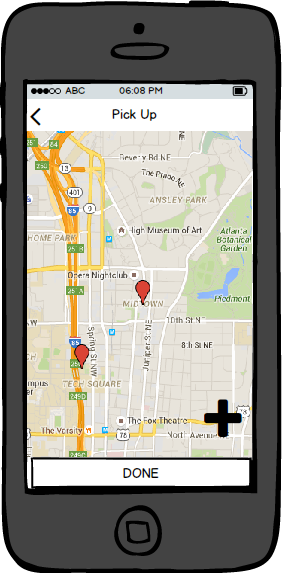

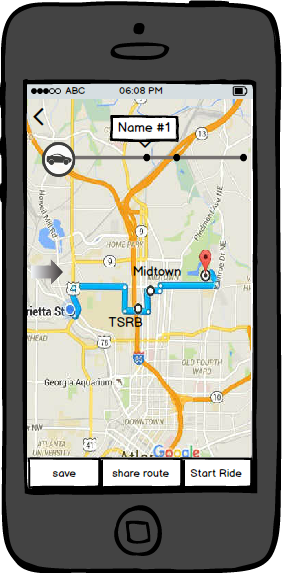
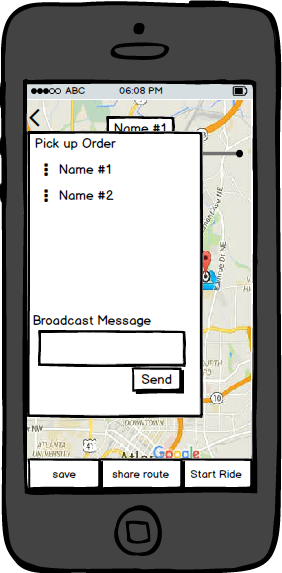
The first prototype has been built in android (native development) to implement the basic functionality of being able to schedule pick-ups and associating names with their locations. Android Studio is ideally not the best tool to implement the first prototype, however this served as an useful app development exercise for me and hence I went ahead with it. The prototype supports the following currently :
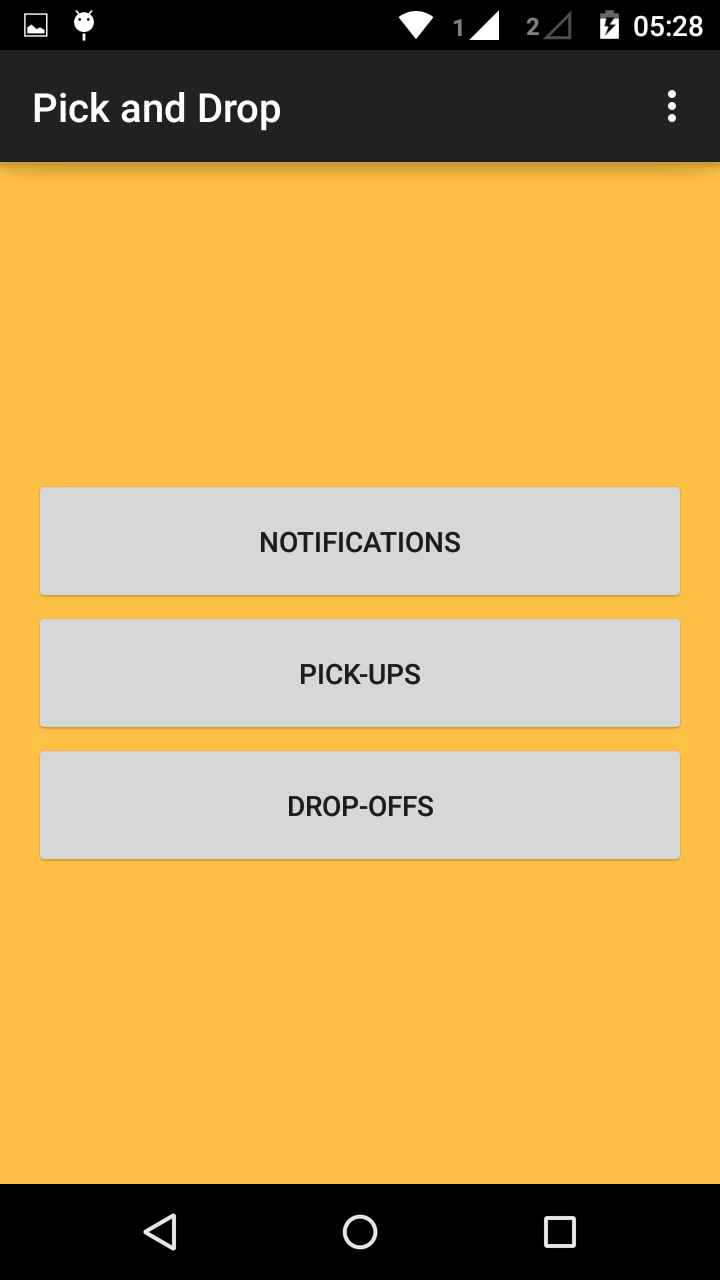
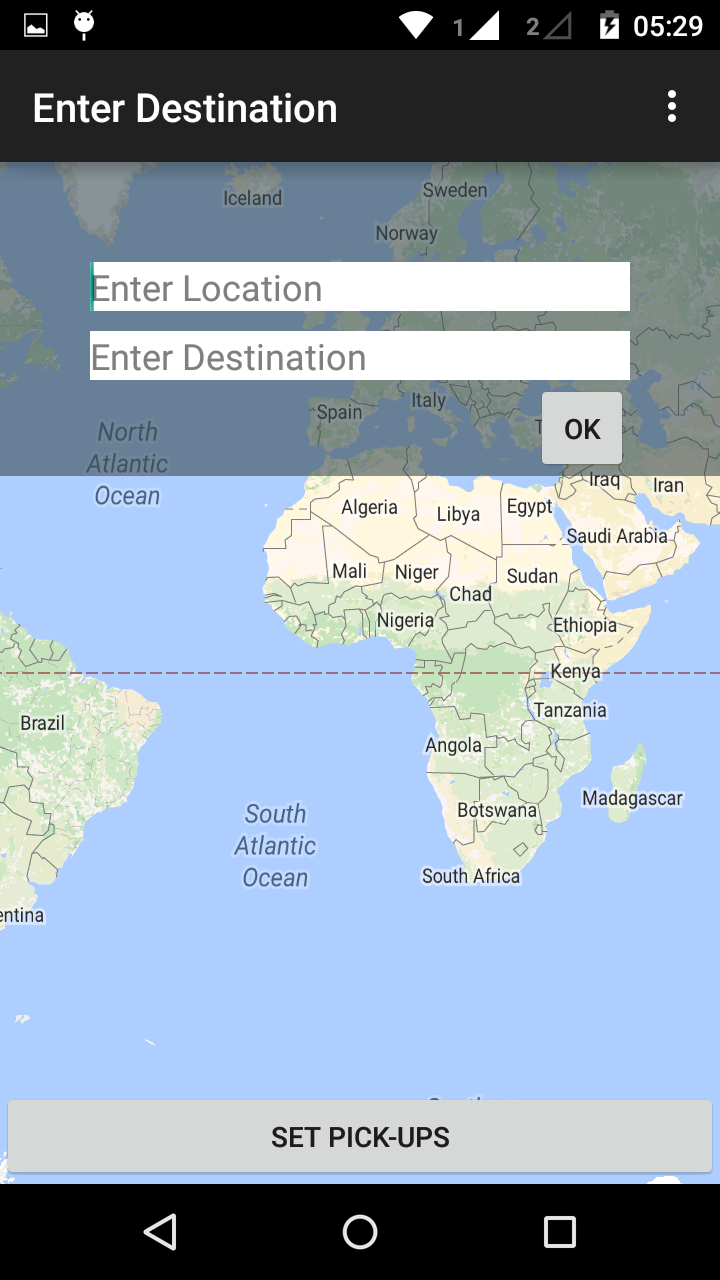
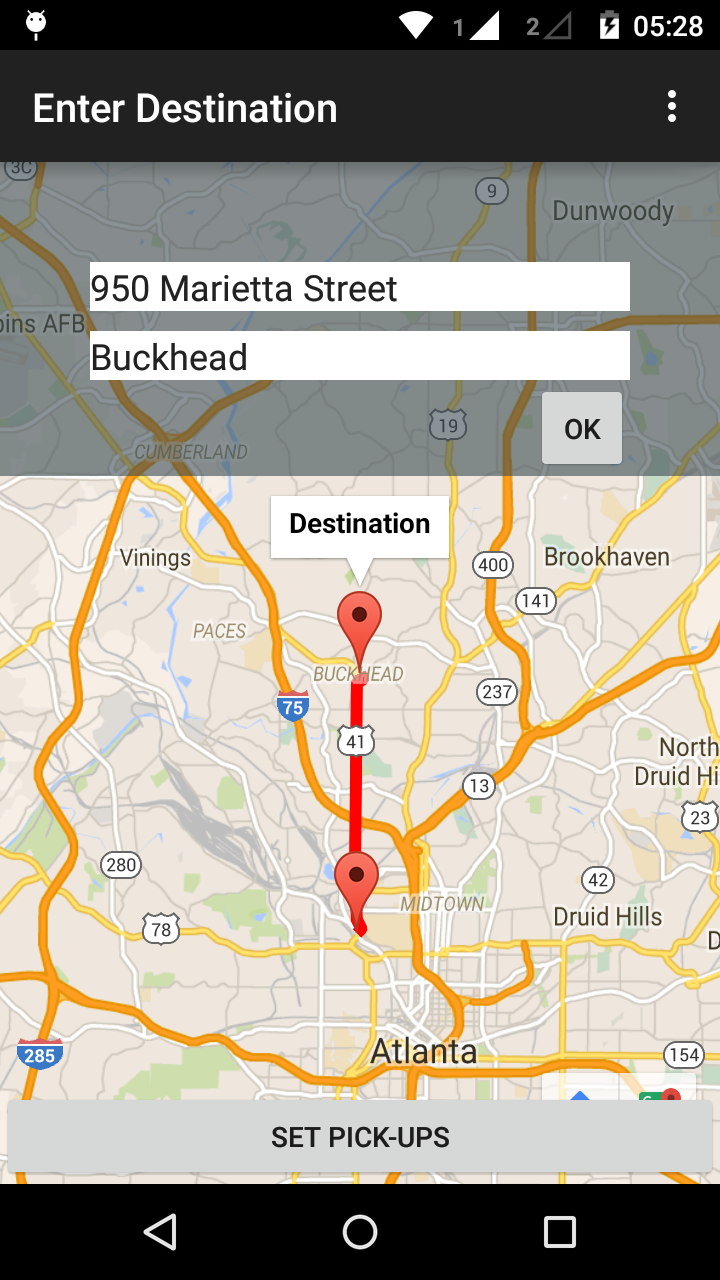
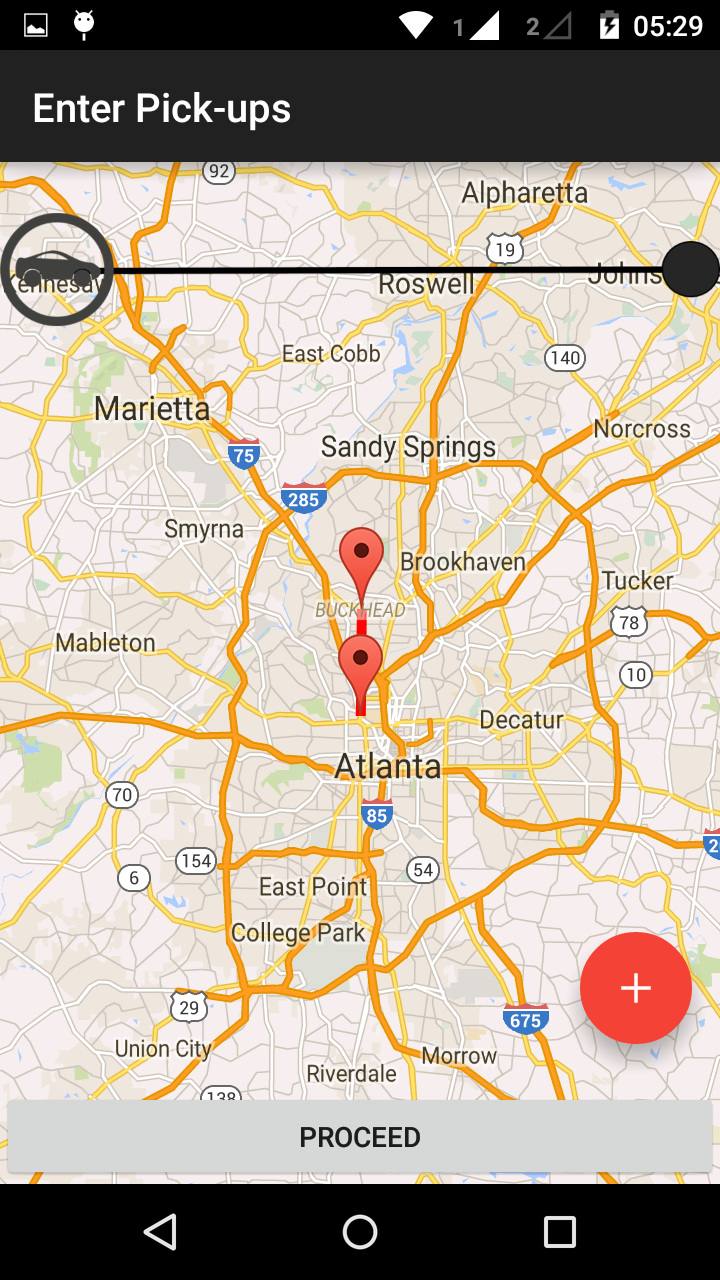
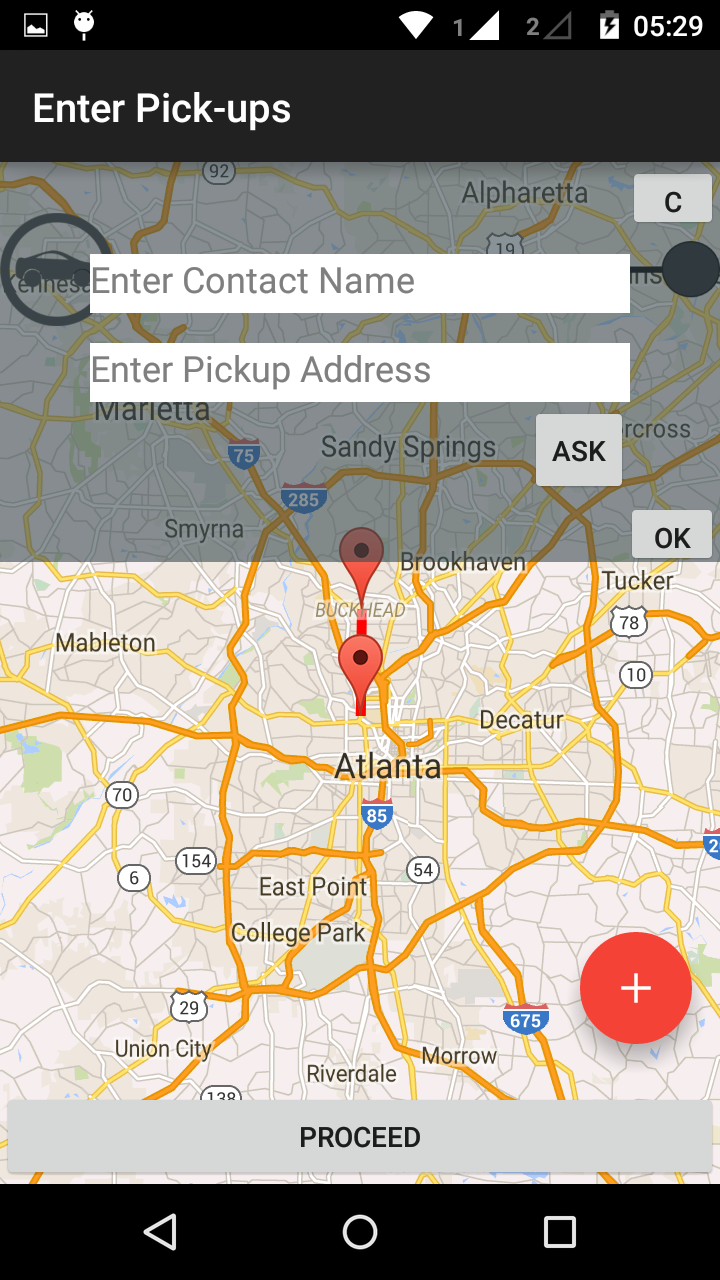
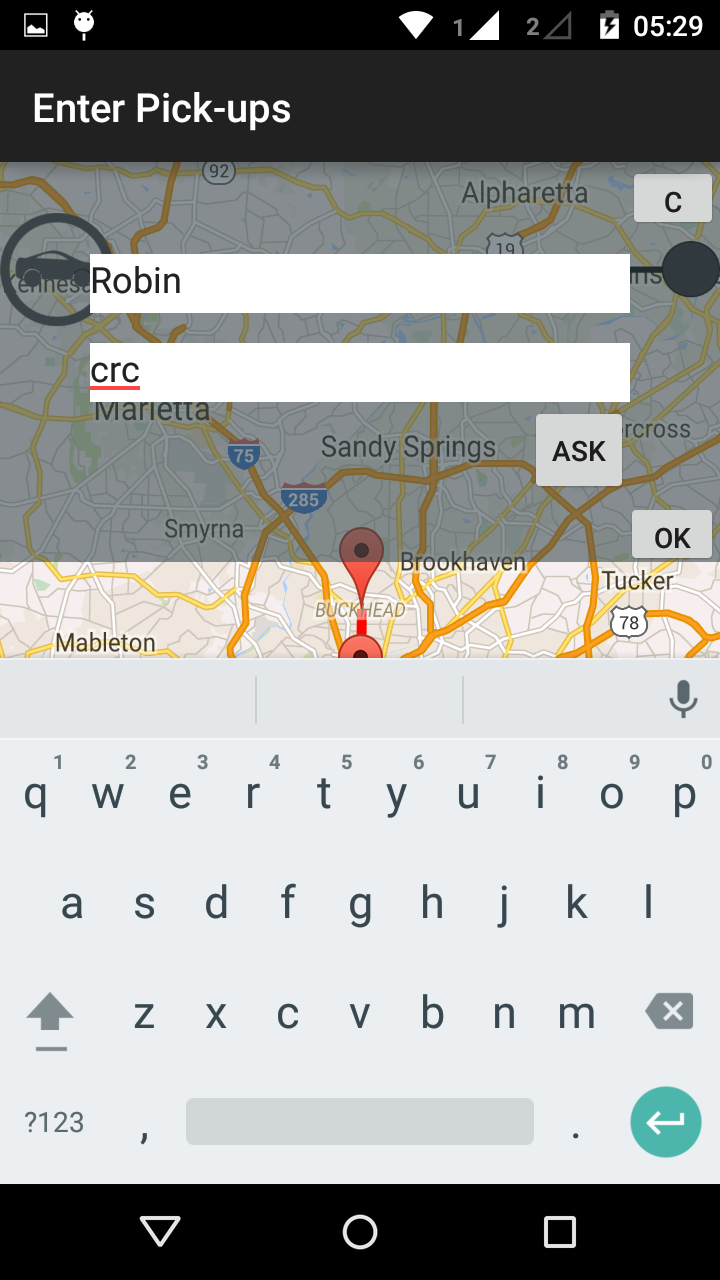
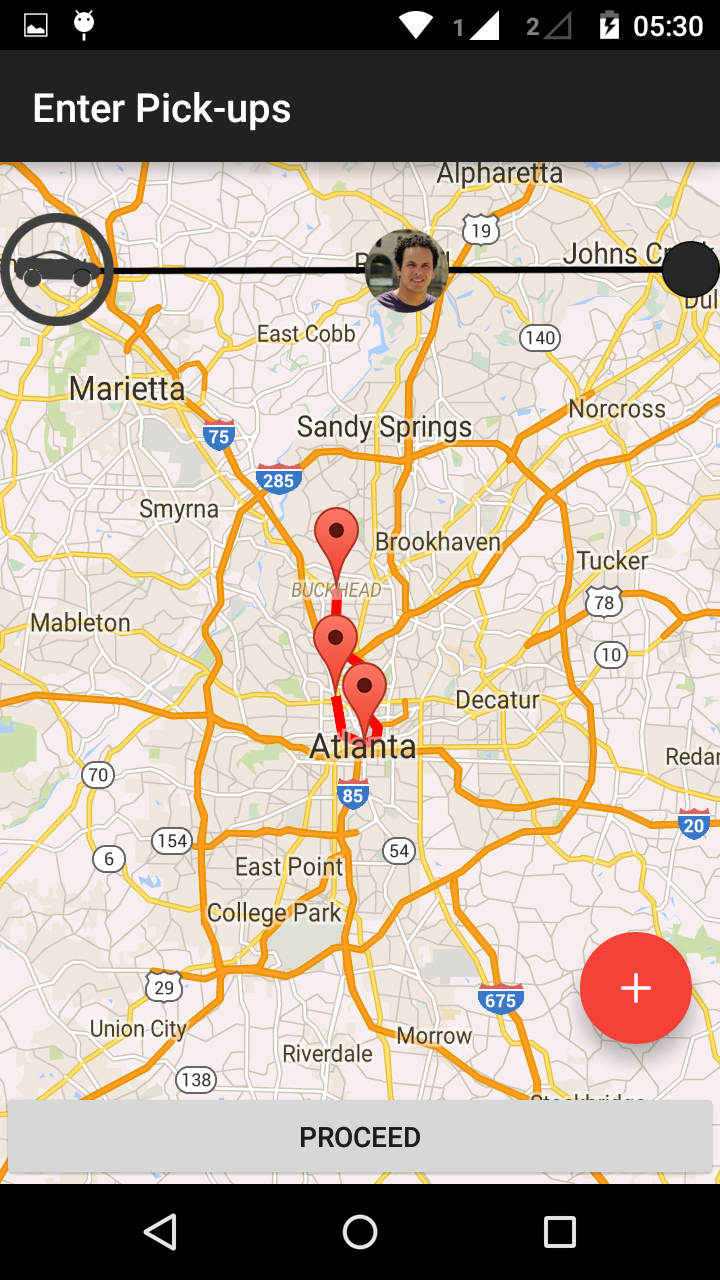
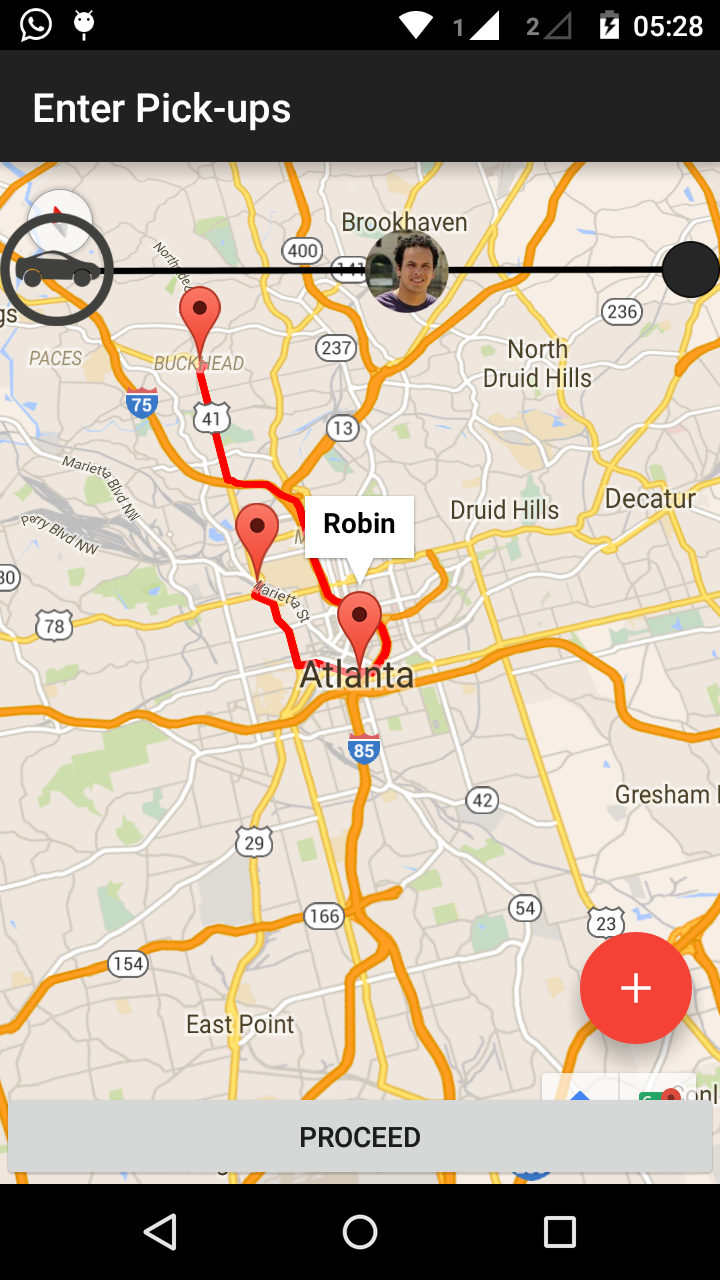

The app pick and drop is currently at a stage where the functionality of entering pick-up points can be tested with real users. This can be a good pilot study to evaluate the concept on a whole. Several new interaction techniques are in the pipeline waiting to be implemented- the future is exciting.